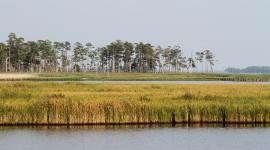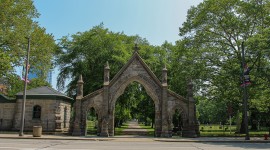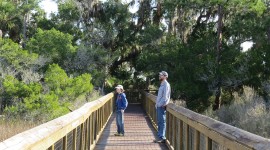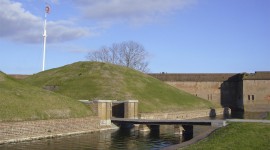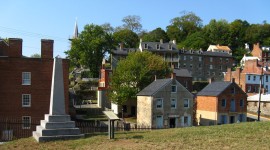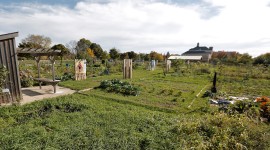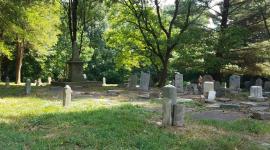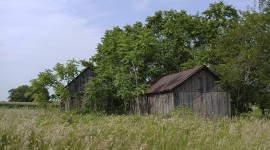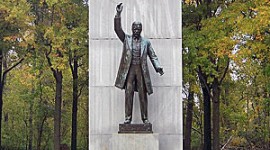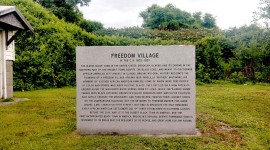The Underground Railroad
Between 1780 and 1865, there was an increase in the number of people willing to assist self-emancipated individuals, and in raising public awareness of their efforts. By the 1830s the act, either spontaneous or organized, to assist people held in bondage, self-emancipated individuals, and those seeking to escape enslavement, became commonly known as the “Underground Railroad.” During the period of greatest activity (1830 to 1861) the Underground Railroad relied on loosely organized networks that followed routes both naturally occurring (e.g. streams, rivers, etc.) and constructed (e.g. roads, trails, etc.). Freedom seekers, traveling alone or accompanied by an accomplice or guide, found haven at stations (structures or sites) located along the routes.
Concurrent with the growth of the abolitionist movement (beginning in the 1730s), small groups of self-emancipated individuals successfully established settlements in remote locations called maroon communities including Virginia’s Great Dismal Swamp, the Okefenokee Swamp straddling the border of Georgia and Florida, and the Florida Everglades.
During the Civil War so-called contraband camps, enclaves of self-emancipated and recently emancipated African Americans, formed in Union controlled regions, often in or around forts. Such “camps,” including those located at Fort Monroe (now Fort Monroe National Monument) in Hampton, VA, and Fort Pulaski (now Fort Pulaski National Monument), Savannah, GA, were crucial components to the Underground Railroad.
Surviving cultural landscapes related to the Underground Railroad include stations, sites associated with prominent individuals or abolitionists, rebellion sites, properties associated with documented cases of self-emancipation, and maroon communities.
<<<Back to the Guide to African American Cultural Landscapes



